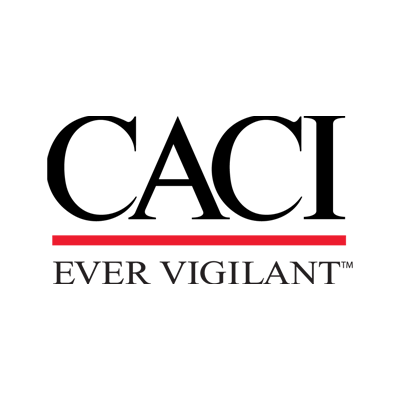
CACI Software Engineer — Behavioral Interview (Mission/Defense Programs)
This behavioral interview mirrors how CACI evaluates software engineers for mission-focused programs supporting U.S. federal and allied government customers. Expect STAR-format prompts and scenario role-plays that probe how you operate in cleared, compliance-driven environments while collaborating across multidisciplinary teams (systems, cyber, DevSecOps, test, and mission operators). The conversation emphasizes: Core focus areas: - Mission alignment and public-service mindset: Why you want to build for national security, how you handle tradeoffs between ideal engineering and mission timelines. - Working in regulated/cleared settings: Handling sensitive information, OPSEC-minded communication, documenting decisions, and knowing when to escalate. (No classified details are requested or required.) - Security-first and quality discipline: Building with security controls in mind (e.g., following standards, checklists, or STIG-like guidance), writing auditable code, and partnering with cyber/test to reach ATO-quality outcomes. - Stakeholder management in government programs: Interfacing with PMOs, primes/subs, and end users; communicating constraints; negotiating scope; and delivering to contract-driven milestones. - Execution under ambiguity and schedule pressure: Responding to shifting requirements, legacy modernization constraints, and on-call/after-hours mission needs. - Teaming and communication: Clear written status, risk/issue tracking, effective handoffs across time zones, and respectful collaboration with former military and domain experts. - Ethics, integrity, and compliance: Navigating gray areas, following process even when inconvenient, and raising concerns early. - Continuous learning: Willingness to pursue relevant certifications/training when projects require it. Typical structure (60 minutes): - 5 min — Introductions, role context, high-level mission overview (unclassified). - 40 min — STAR questions + situational scenarios. Interviewers ask targeted follow-ups to uncover decisions, tradeoffs, and impacts. - 10 min — Candidate questions about team, program cadence, and expectations. - 5 min — Wrap-up and next steps. Sample prompts you may encounter: 1) Tell me about a time you delivered under tight mission deadlines with incomplete requirements. What did you de-scope or defer, and how did you communicate risk? 2) Describe a situation where security or compliance requirements significantly changed your technical approach. How did you adapt while preserving delivery? 3) Walk me through a time you worked on a mixed team (prime/sub, contractor/civilian). What conflicts arose, and how did you resolve them? 4) Share an example of pushing back on a stakeholder request that jeopardized quality, safety, or policy. What was the outcome? 5) Tell me about supporting a production system with operational users. How did you prioritize incidents versus planned work? 6) Describe a legacy modernization you contributed to. What constraints (interfaces, data, accreditation) shaped your decisions? 7) Give an example of mentoring or being mentored in a high-stakes program. What changed in practice as a result? 8) Scenario: A government lead asks for a quick workaround that bypasses a required review. How do you handle it? 9) Scenario: A defect is discovered close to a major milestone; fix is risky. How do you decide and who do you involve? 10) Scenario: You join a new program with sparse documentation. How do you build context quickly and avoid rework? What interviewers look for (behavioral signals): - Mission-first judgment with ethical backbone; escalates appropriately. - Clear, structured communication; writes/readouts that leadership can act on. - Respect for process without being rigid; pragmatic risk management. - Evidence of cross-functional collaboration and customer empathy. - Growth mindset; learns unfamiliar domains/tools quickly. Red flags: - Casual treatment of sensitive information or compliance steps. - Blame-heavy narratives; inability to articulate personal contribution. - Over-indexing on ideal solutions with no plan for constraints or accreditation. - Poor stakeholder communication or dismissiveness toward non-engineers. Candidate prep tips: - Prepare 5–7 STAR stories covering delivery pressure, security/compliance impacts, conflict resolution, stakeholder management, and production support. - Be specific about your decisions, tradeoffs, and measurable outcomes (latency reduced, release made, defect trend, SLA met). Keep all content unclassified. - Bring questions about program cadence, documentation standards, on-call expectations, and how success is measured. Evaluation rubric (behavioral): - Mission/ethics alignment, Communication, Collaboration, Delivery under constraints, Security/compliance mindset — each scored 1–5 with written evidence from examples. This template reflects commonly reported CACI behavioral screens for software engineers on U.S. federal programs and aligns with the company’s mission-driven, compliance-first delivery culture.
8 minutes
Practice with our AI-powered interview system to improve your skills.
About This Interview
Interview Type
BEHAVIOURAL
Difficulty Level
3/5
Interview Tips
• Research the company thoroughly
• Practice common questions
• Prepare your STAR method responses
• Dress appropriately for the role